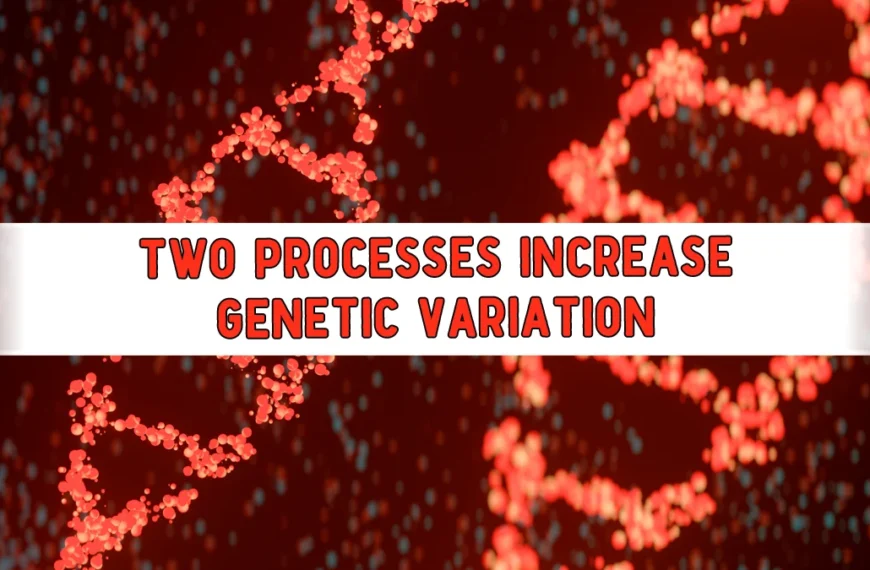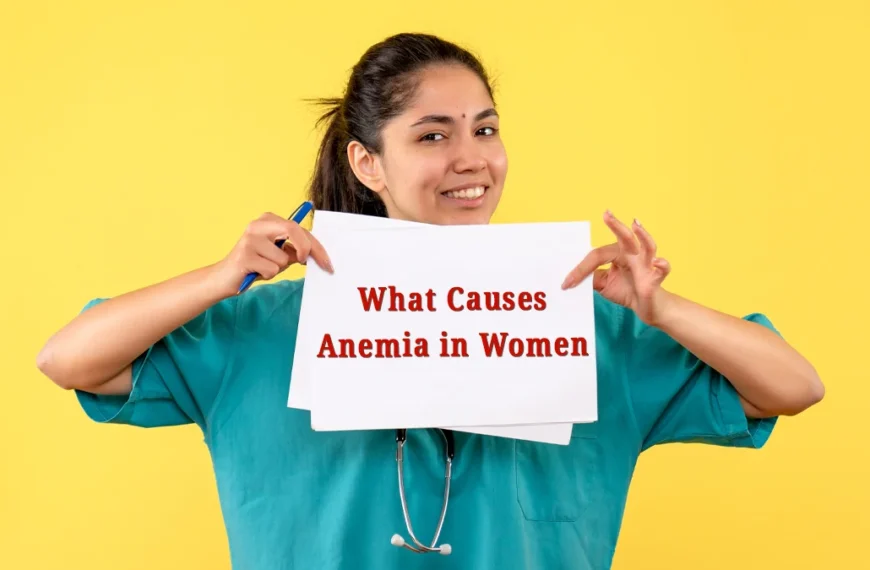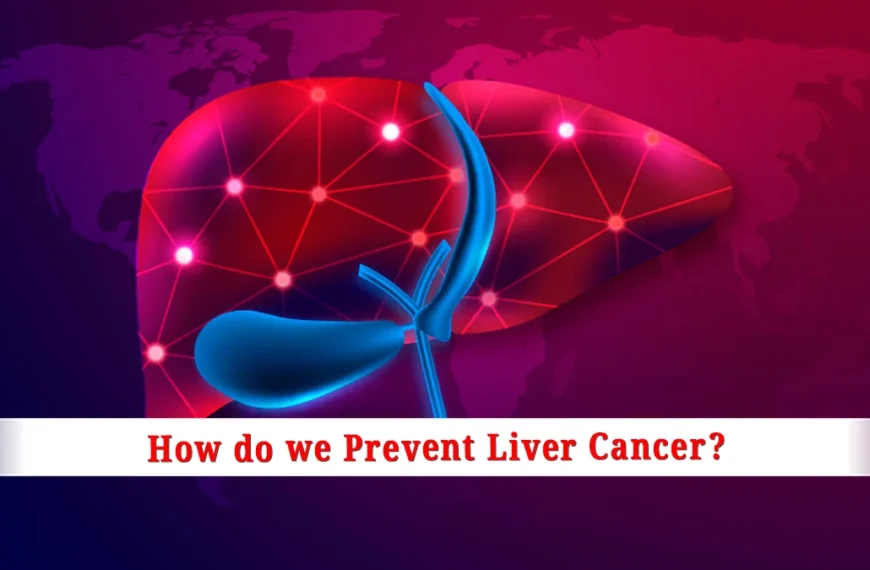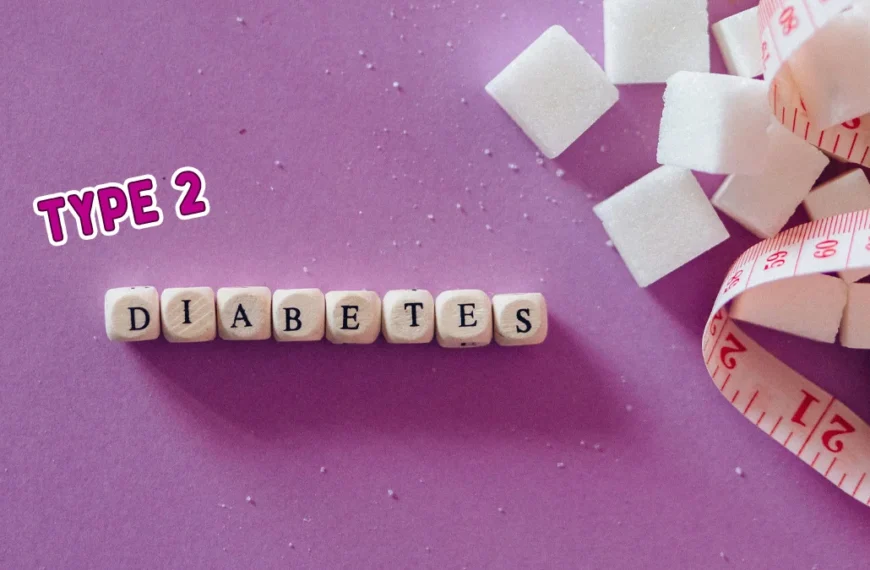Menopause occurs when women stop menstruating, typically around the age of 45. This natural process can cause a range of issues, including irregular bleeding, insomnia, nervousness, vaginal dryness, obesity and one most common is hot flashes.
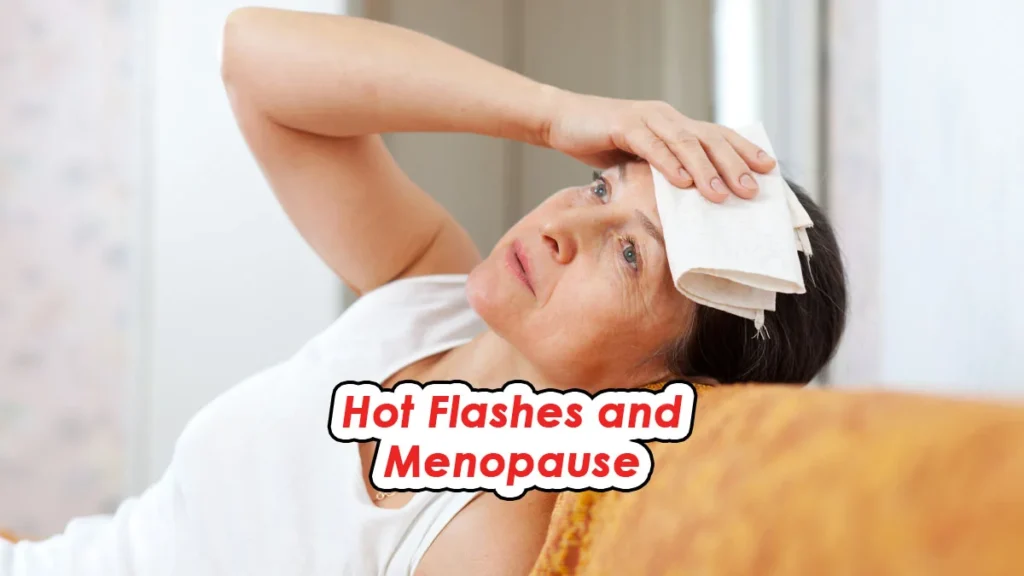
Hot Flashes and Menopause
During menopause, women often experience hot flashes, which are characterized by a sudden sensation of intense heat. This can result in profuse sweating and an increased heart rate. These episodes can last from a couple of minutes to half an hour, occurring multiple times a day or weekly. The hormonal fluctuations before and during menopause, such as changes in estrogen and progesterone levels, trigger these hot flashes.
Hot flashes are primarily experienced by women during menopause, but they can also occur for other reasons. They can be incredibly uncomfortable, causing restlessness and discomfort, even in air-conditioned environments. These hot flashes are more than just temperature spikes; they are a core symptom of menopause.
As women approach menopause, their periods cease and various issues may arise, including irregular bleeding, insomnia, and vaginal dryness. Hot flashes are one of these issues, often affecting the face, neck, and chest. These flashes can persist for several months or even for a year. Although they cannot be completely eradicated, there are natural ways to manage them with home remedies.
So, if you or someone you know is experiencing menopausal hot flashes, it is essential to understand the causes, symptoms, and remedies in order to navigate this phase of life with greater comfort and confidence.
Why do hot Flashes Happen?
Hot flashes, also known as hot flushes, are a sudden and intense feeling of warmth, often accompanied by sweating and a red, flushed face. They are a common symptom of menopause, but they can also be caused by other factors. Here are some of the primary causes of hot flashes:
Spicy Food: Spicy foods can temporarily elevate your body’s temperature and may trigger hot flashes in some individuals due to the heat-inducing properties of certain spices.
Pregnancy (First and Second Trimester): Hormonal changes during pregnancy, particularly in the first and second trimesters, can cause hot flashes as the body adjusts to the changing levels of hormones.
Alcohol Consumption (Liquor): Alcohol can dilate blood vessels, leading to a sudden increase in body temperature, which may result in hot flashes, especially when consumed in excess.
Stress and Anxiety: Emotional stress and anxiety can trigger the body’s “fight or flight” response, leading to a sudden increase in body temperature and hot flashes.
Caffeine: Caffeine is a stimulant that can affect the body’s temperature regulation. Excessive caffeine intake may lead to temporary temperature spikes and hot flashes in some people.
RELATED: How does the 30-30-30 Rule Work Best for Weight Loss?
Smoking: Smoking is known to disrupt hormonal balance and can lead to hot flashes in both men and women who smoke.
Obesity: Obesity can trigger hot flashes due to hormonal imbalances, increased insulation causing difficulty in temperature regulation, chronic inflammation, reduced physical fitness, and heightened psychological stress. While not universal, maintaining a healthy weight through diet and exercise can help mitigate the risk and severity of hot flashes.
Hyperthyroidism: An overactive thyroid can disrupt the body’s temperature regulation, leading to frequent hot flashes as a result of excess thyroid hormone production.
Overuse of Antibiotics: Prolonged or excessive antibiotic use can disrupt the balance of gut bacteria, potentially affecting the body’s ability to regulate temperature and causing hot flashes in some cases.
Chemotherapy: Cancer treatments like chemotherapy can induce hot flashes as a side effect due to their impact on hormonal balance and the body’s ability to regulate temperature.
Menopause Hot Flashes Symptoms
Excessive Sweating in the Upper Body: During a hot flash, the body’s response to increased internal heat often involves profuse sweating, particularly in the upper body. This can result in drenched clothing, and it’s the body’s way of trying to cool down. The sudden and intense perspiration is a key characteristic of a hot flash.
Feeling Very Hot in the Face, Neck, Ears, Chest, and Other Parts: Hot flashes typically generate a sensation of intense heat in specific areas, including the face, neck, ears, and chest. These regions become notably warm and flushed, often accompanied by redness, as blood vessels dilate to release heat.
Tingling Fingers: Some individuals experience tingling or a sensation of pins and needles in their fingers during a hot flash. This tingling is a result of the body’s response to the sudden temperature change, which can affect nerve endings and circulation in the extremities.
Heart Rate Higher Than Normal: A heightened heart rate is a common physiological response during a hot flash. As the body reacts to the surge in internal temperature, the heart pumps faster to help dissipate heat. This can lead to palpitations and a sense of increased heart rate until the hot flash subsides.
Menopause Hot Flashes Treatment
Keep Your Environment Cool: Maintaining a cool living environment can help alleviate hot flashes. Using fans, air conditioning, or opening windows can regulate temperature and provide relief. Wearing breathable clothing made of natural fibers can also make a significant difference in maintaining comfort during hot flashes.
Eat Healthy: A balanced diet, rich in fruits, vegetables, and whole grains, can help regulate hormones and reduce hot flashes. Nutrient-dense foods can support overall well-being and hormonal balance.
Avoid Hot and Spicy Foods, Caffeine, Drinks, and Alcohol: Spicy foods, caffeine, and alcohol can trigger hot flashes in some individuals. By minimizing or eliminating these triggers from your diet, you can reduce the frequency and intensity of hot flashes.
RELATED: How to Prevent Wrinkles on Face Naturally?
Keep Your Mind Calm: Stress and anxiety can exacerbate hot flashes. Practicing relaxation techniques like meditation, deep breathing, or yoga can help manage stress and promote emotional well-being, potentially reducing the occurrence of hot flashes.
Quit Smoking: Smoking disrupts hormonal balance and is linked to an increased occurrence of hot flashes, particularly in women. Quitting smoking is not only beneficial for overall health but can also help alleviate hot flashes.
Engage in Regular Exercise: Participating in regular physical activity can help regulate hormones, manage weight, and enhance cardiovascular health. Exercise has been shown to reduce the severity and frequency of hot flashes, making it an important component of natural management strategies for this common symptom.
Frequently Asked Questions:
What stage of menopause do hot flashes start?
Hot flashes commonly start during the perimenopausal stage, which is the period leading up to menopause. Perimenopause can begin in a woman’s 40s and last for several years before menopause officially begins (defined as 12 months without a period). These hot flashes occur because hormone levels, particularly estrogen, fluctuate and impact temperature regulation. While they can continue after menopause, they tend to lessen in frequency and intensity over time.
How long do hot flashes last with menopause?
Hot flashes during menopause can last for several years, typically around 7 to 10 years, but this duration varies. Hot flashes generally become less frequent and less intense as time goes on. Yet, the duration of these experiences can vary, with some women having them for a shorter or longer period.
At what age do hot flashes usually stop?
Hot flashes typically decrease in frequency and intensity in a woman’s late 50s or early 60s, but the age at which they stop varies widely among individuals. Some may continue to experience them into their 70s or even later, while others find relief earlier. Individual factors play a significant role in the duration of hot flashes.
How many hot flashes per day is normal?
The number of hot flashes a person experiences each day can vary greatly, and there is no fixed “normal” count. Some may have a few, while others might experience several, up to 10 or more, especially during the peak of menopausal symptoms. The frequency is influenced by individual factors and can vary greatly. If hot flashes significantly affect daily life, it is advisable to seek guidance from a healthcare professional.
What are the first signs of hot flashes?
The first signs of a hot flash include a sudden surge of heat, typically beginning in the upper body or chest. This is followed by skin flushing, excessive sweating, and, in certain instances, an increased heart rate. After the episode, a cold chill may occur as the body readjusts its temperature. These signs collectively define a hot flash.
“Good news! Te Mend is now available on WhatsApp & Telegram Channels. Subscribe today through the link and stay updated with the latest news!” Whatsapp & Telegram

